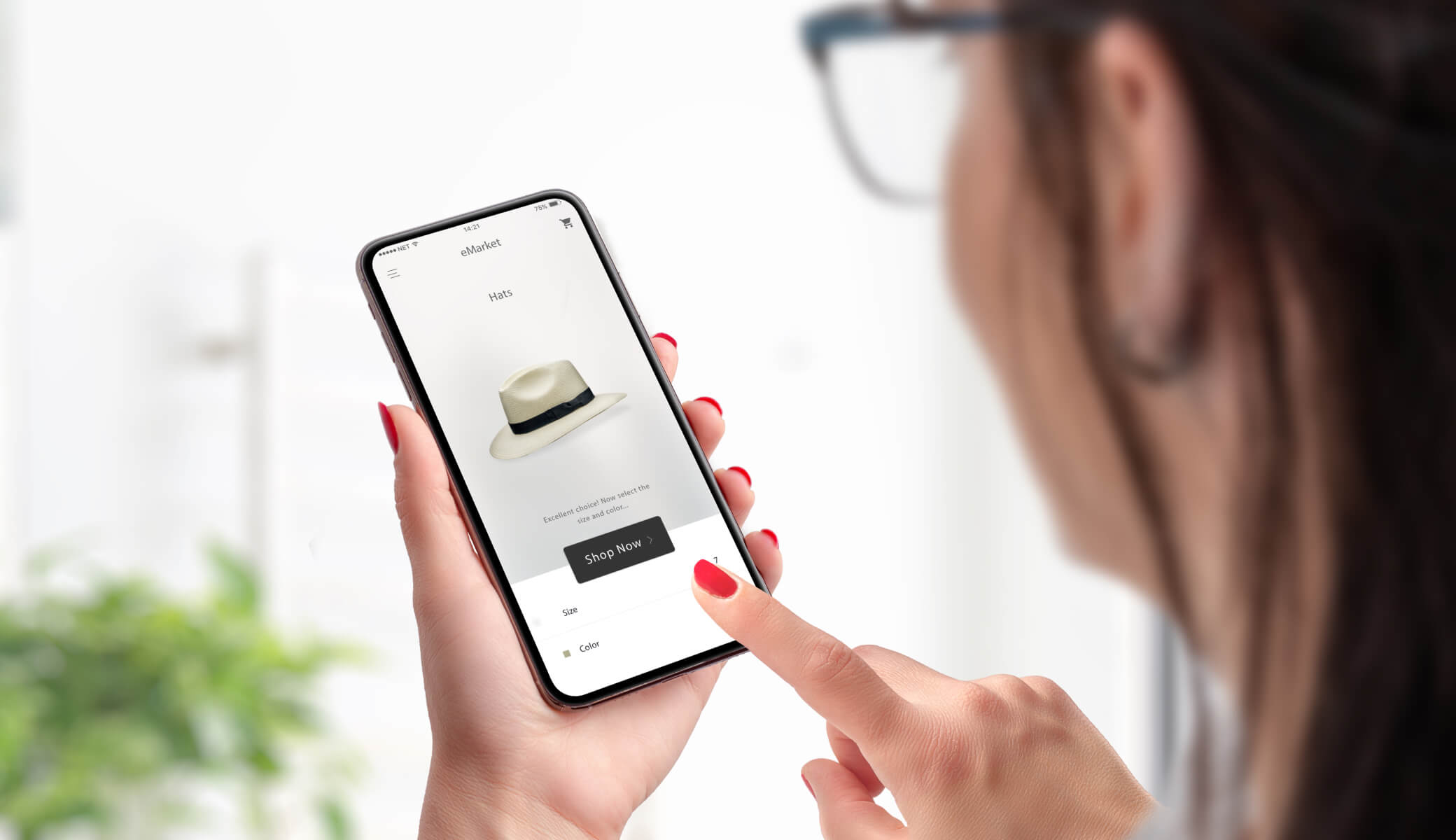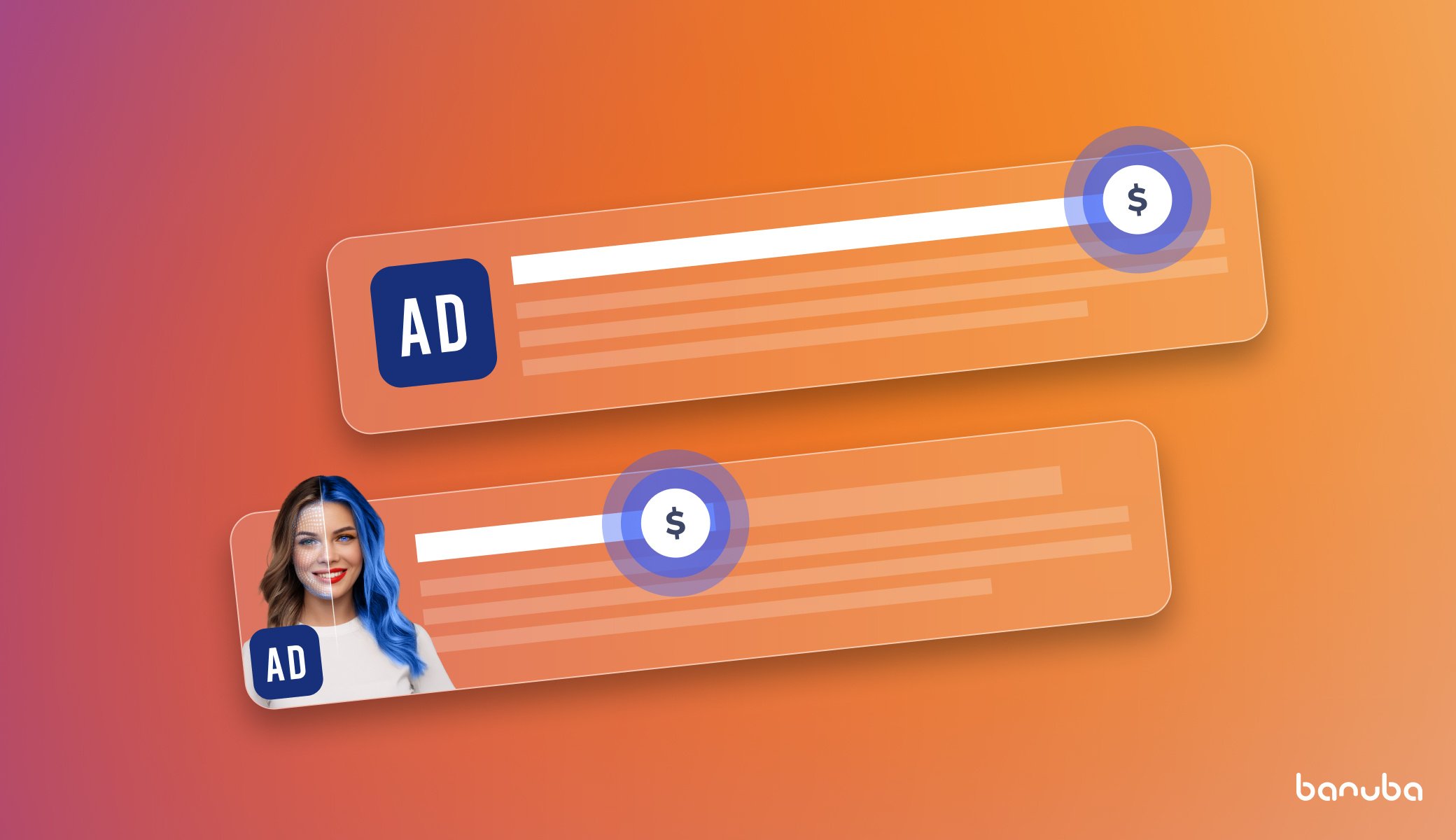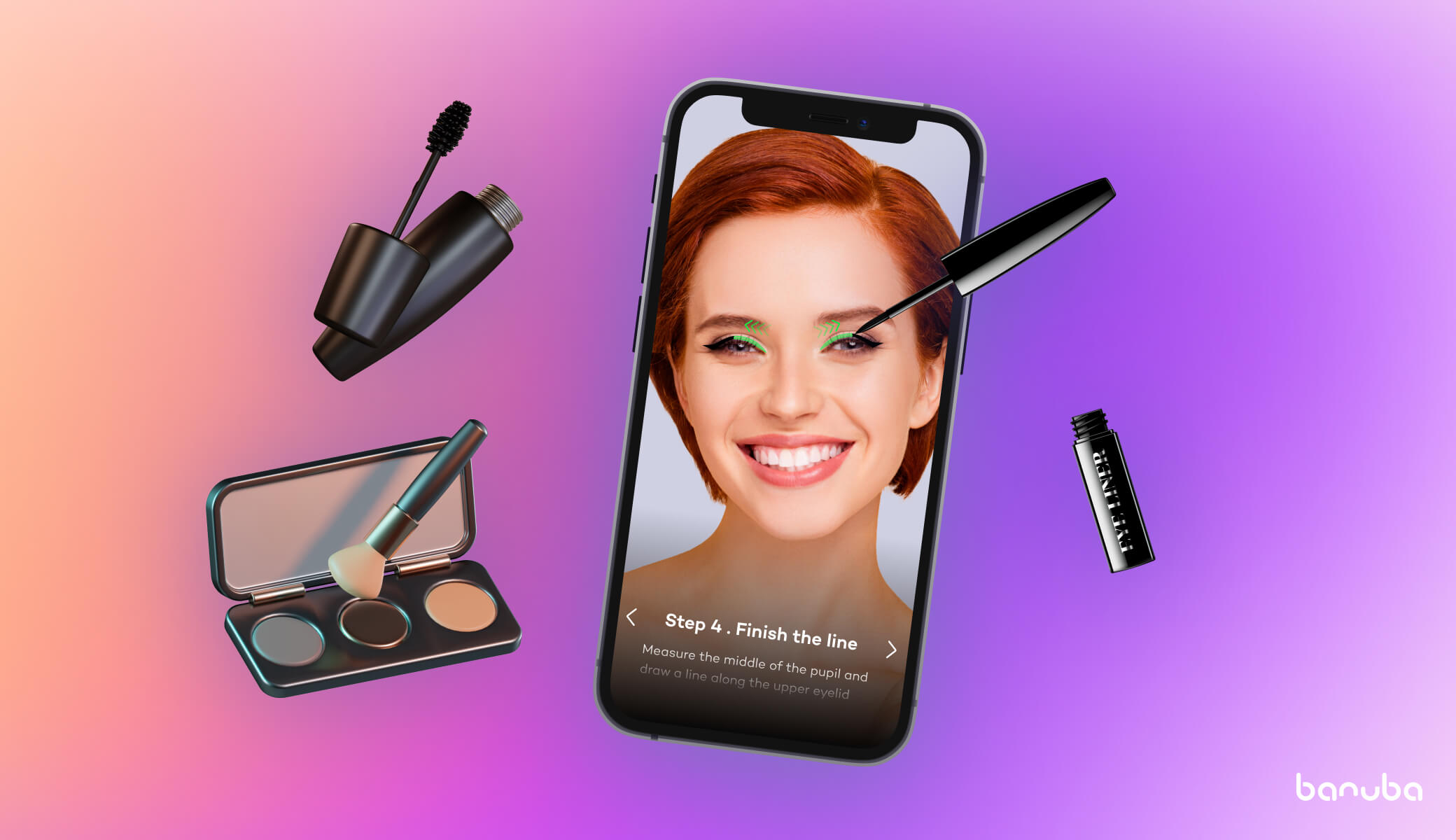How To Increase Sales On Shopify: Key Steps To Follow In 2024
With the existence of e-commerce platforms like Shopify, starting a business in retail has never been easier. And nothing marks success for an online store better than a stable and growing sales flow. With up to 24 million online stores worldwide, the competition is high, and constant work and innovation to ensure and boost sales is vital. In this article, we will take a close look at the challenges and opportunities in today’s e-commerce scene. Keep reading to discover the tools and strategies that will be a game changer if you do not know yet how to increase sales on Shopify store.


The e-commerce industry has seen significant growth over the past decade. International revenue hit over $6 trillion by the end of 2023, and the total value is expected to reach $6.9 trillion in 2024 and $8.148 trillion by the end of 2026. In certain countries like the Philippines, the compound annual growth rate (CAGR) reaches up to 24% – this is the best proof that the market is experiencing a rapid expansion.
In March 2023, most people interested in online shopping in the United States were between 18 and 24 years old, making up 46.9% of the group, according to data from mobile users' locations. Meanwhile, adults aged 25 to 34 represented a significant portion, accounting for almost 32% of the mobile audience involved in online shopping activities nationwide. This means that your sales strategy should be aimed at this specific demographic, taking into account their consumer behavior, habits, and preferences.
Let’s take a look at main obstacles in your e-store operations and examine the steps you can take to never ask the “How to increase sales on Shopify?” again.
Challenges That Impede Your Sales Progress
Some online stores might be getting visitors but not making enough sales. If that's happening, try putting yourself into your customers’ shoes. You've brought people to your store, but something's not clicking with them. Why could that be?
Here are a few reasons why your website visitors might not be turning into loyal customers.
UX/UI related challenges: poor store navigation and user experience
Your store website is the first thing your consumer interacts with. According to Hubspot, 38% of visitors may disengage from your online store if the navigation is not good. This could negatively impact your business. It is crucial for your Shopify store page in general and store menu in particular to be prominent, include all necessary elements, and be the first thing a visitor notices.
Product page design plays just as important a role in persuading your store visitors to make a purchase as any other element of store development. Your product cards should be aesthetically pleasing and easy to navigate, and your product descriptions should read authentic and appealing. If you haven’t put in the work to describe them fully and evocatively, they have no reason to stick around.
UX-related challenges do not end just here. According to Merchant Savvy, 58% of all multi-device purchases use mobile to close the sale. In the UK, the statistics are even more impressive: 69% of online shopping orders were made via mobile devices. So if your Shopify store is not mobile-optimized, you might lose a large chunk of sales.
Shoppers turn to e-stores for a number of reasons. 45% of people name free shipping as one of the main reasons they choose to shop online. Convenience and inclusivity is what drives consumers to indulge in online shopping. Besides, they love an immersive experience. When your store offers additional features like virtual try-on, a 360-degree preview, or appearance-based product recommendations, it is more likely to drive store visits and convert users from just looking around to buying and becoming loyal customers.
Flawed checkout process
On the other hand, checkout is the final step that turns your visitors into buyers, acting like the last piece of the puzzle. According to Baymard, an optimized checkout page of your Shopify store can boost your conversions by approximately 35%.
There is a paradox to it. Barilliance reports that the smaller the user’s screen size, the bigger the cart abandonment rate. Despite more users turning to shopping via mobile, they are more likely to fail completing purchases compared to desktop and tablet users. If you're experiencing a high number of abandoned carts, consider the following troubleshooting steps:
- Check for any technical issues affecting the payment gateway.
- Make sure the design of your checkout page matches other pages on your Shopify store.
- Assess if the page looks appealing and trustworthy enough to the visitor’s eye.
To assess the process completely, try going through the entire process, from adding a product to the cart to attempting to purchase it.
Wrong target audience and messaging
Ensuring success in your Shopify sales involves targeting the right audience and delivering a clear message. If your SEO or paid ads are misleading, it is vital that you fix them to attract the correct audience. Instead of sending all traffic to your homepage, you may try creating specific Shopify landing pages for different audiences to boost conversions.
Your writing should target your audience niches and include the keywords that are relevant to them. For example, if your store sells footballs, it would make sense to concentrate on keywords specifically related to football rather than encompassing all sports. Unless your proposition tells your audiences what they want and need to hear about the product, purchases will not be made.
Key Steps To Boost Your Sales On Shopify
Research your customers and reshape your value proposition
Use quiz apps to get to know your customer base. Make sure to ask questions that reveal their concerns, needs, interests, and desires, and suggest personalized products based on their responses. Once you know enough, you can use email marketing campaigns to address those issues, presenting your product as the solution.
Skinny Mixes is a solid example – they utilize a recipe quiz to learn about the dishes their potential customers enjoy making. Participants receive an exclusive discount code along with a personalized recipe recommendation. This strategy brought Skinny Mixes about 13,000 existing customers emails and $500,000 in revenue.
In order to increase sales, you need to understand why your customers chose your brand over competitors and the specific problems your products solved for them. Once you define your value proposition, prominently showcase it on various platforms such as social media bios, the top section of your homepage, and in product descriptions. In the increasingly competitive online market, standing out and addressing customer desires or pain points significantly boosts Shopify sales.
Optimize user experience
A smooth customer journey is what leads users to making a purchase and ensuring more sales for you. When a store takes too long to load, shoppers usually don't stick around and just go to a faster and more user-friendly website. About half of online shoppers expect pages to load in two seconds or less, while mobile users aim for four seconds or under.
Studies show that just a one-second delay in load time can drop conversions by 7%. So speeding up your store pages and optimizing your pages is essential for customer retention. However, speed is not everything – remember to optimize your web page for different screen resolutions. Prioritize mobile landing pages – because so many users browse e-stores with their mobile devices, such landings translate to increased sales and conversion rates.
Introduce unique experiences
Engaged customers are loyal customers. The more you stand out from average online retailers, the greater the chances your ecommerce store visitors will remember you and return for another purchase. Additional features you can incorporate into your Shopify store to attract new customers and increase sales include but are not limited to:
- Appearance analysis
- Appearance-based recommendations
- Virtual try-on
- Product preview
- Customization options
A good example of such a feature is the TINT plugin by Banuba. The AI-powered AR try-on tool provides smooth digitization of your products and a seamless virtual try-on experience. Its face tracking algorithms monitor 3.308 vertices, which gives it extremely high accuracy, ensuring a lifelike digital appearance.
The software is available as an API that is perfectly compatible with the world’s leading ecommerce platforms including Shopify, Wix Stores, WooCommerce, etc.
The API comes with an integrated seasonal color analysis tool and AI product recommendation engine. Our recent cases indicate how TINT is capable of increasing sales by up to 300%, as well as decreasing product return by up to 60%.
Discover TINT and try it out for free by contacting us.
Adjust your marketing strategy
Once you have refined your store page, your product description, and your user experience, you need a well-thought-out marketing strategy. Let's delve into key aspects that can make a significant impact on your success and, ultimately, increase your future sales.
Make your Shopify store SEO-friendly
Substantial search engine optimization drives organic traffic and keeps your store on top of search results. Ensure your product pages are optimized by incorporating relevant keywords in product titles, descriptions, and meta tags. Use tools like Google Keyword Planner to identify high-impact keywords for your niche.
Invest in targeted advertising
We suggest running campaigns on platforms like Facebook and Google Ads. Tailor your ads to specific demographics, interests, and behaviors to maximize their impact and ensure you are reaching the right audience. Make sure to run retargeting ads as well – you can use them as reminders to potential customers about products they viewed but did not purchase. This can significantly increase conversion rates by keeping your brand top-of-mind.
Set up an email marketing campaign
To make a solid email campaign, segment your contact lists by customer behavior, preferences, and purchase history. Make sure to use attention-grabbing subject lines and visually appealing content in your emails. Include special offers, promotions, a customer loyalty program, and exclusive deals – they are a great way to stimulate customers to click through and make a purchase. Implement automated emails to remind customers about their abandoned carts. Offering a discount or limited-time promotion can be another way to encourage your target audience to complete their purchase.
Pay attention to content marketing
Social media marketing, as well as influencer marketing, can drive your brand recognition and stimulate people to purchase your products. Incorporate a variety of content types, including product pages, videos, infographics, etc. Diversifying your content keeps your audience engaged and encourages social sharing. Encourage customers to share their experiences and reviews. Mentions and product reviews, for one, can be a powerful tool in building trust and driving sales. Maintain a consistent brand image and message across all marketing channels. This helps in creating a cohesive and memorable brand identity, reinforcing customer trust and loyalty.
Utilize the power of user generated content to increase trustworthiness
While you may be tempted to believe that customers make purchasing decisions solely based on effective marketing, the reality is quite different. No ad or loyalty program can give consumers more trust to your brand than opinions of other consumers. This is why incorporating positive feedback from satisfied customers into your store can significantly influence potential buyers to consider your products and therefore increase sales on Shopify for you.
Featuring UGC on your store allows you to demonstrate to new customers that your product is already well-received and trusted. A common type of UGC includes Instagram posts where existing customers showcase themselves using or wearing your products in real-life situations.
Recognizing the influence of social proof, it's essential to actively encourage the creation of user-generated content and prominently display it on your store pages.
Conclusion
In the dynamic landscape of e-commerce, it is crucial for business owners to stay ahead of the curve and implement a strategic approach in order to increase sales on Shopify. This means both overcoming potential challenges and keeping an eye for the future. A solid preparatory stage, an elaborate marketing campaign with all types of content and email marketing, and constant monitoring of their performance are what ensures a successful ecommerce business. Besides that, by utilizing innovative and trendy tools like virtual try-on or AI recommendations, Shopify store owners can navigate the competitive market and foster sustainable growth in 2024.




